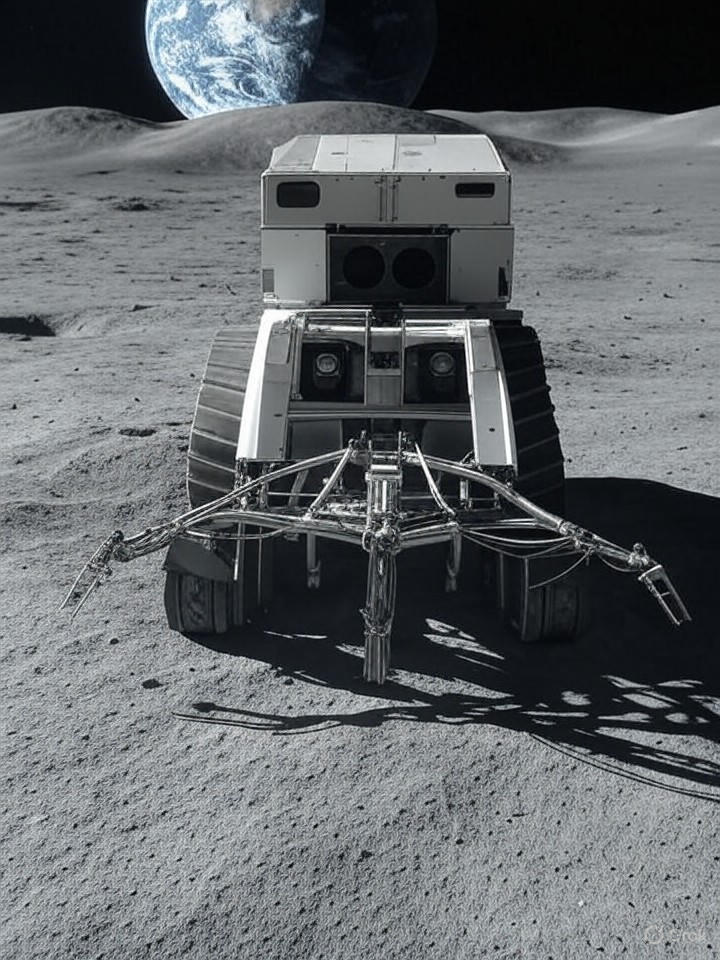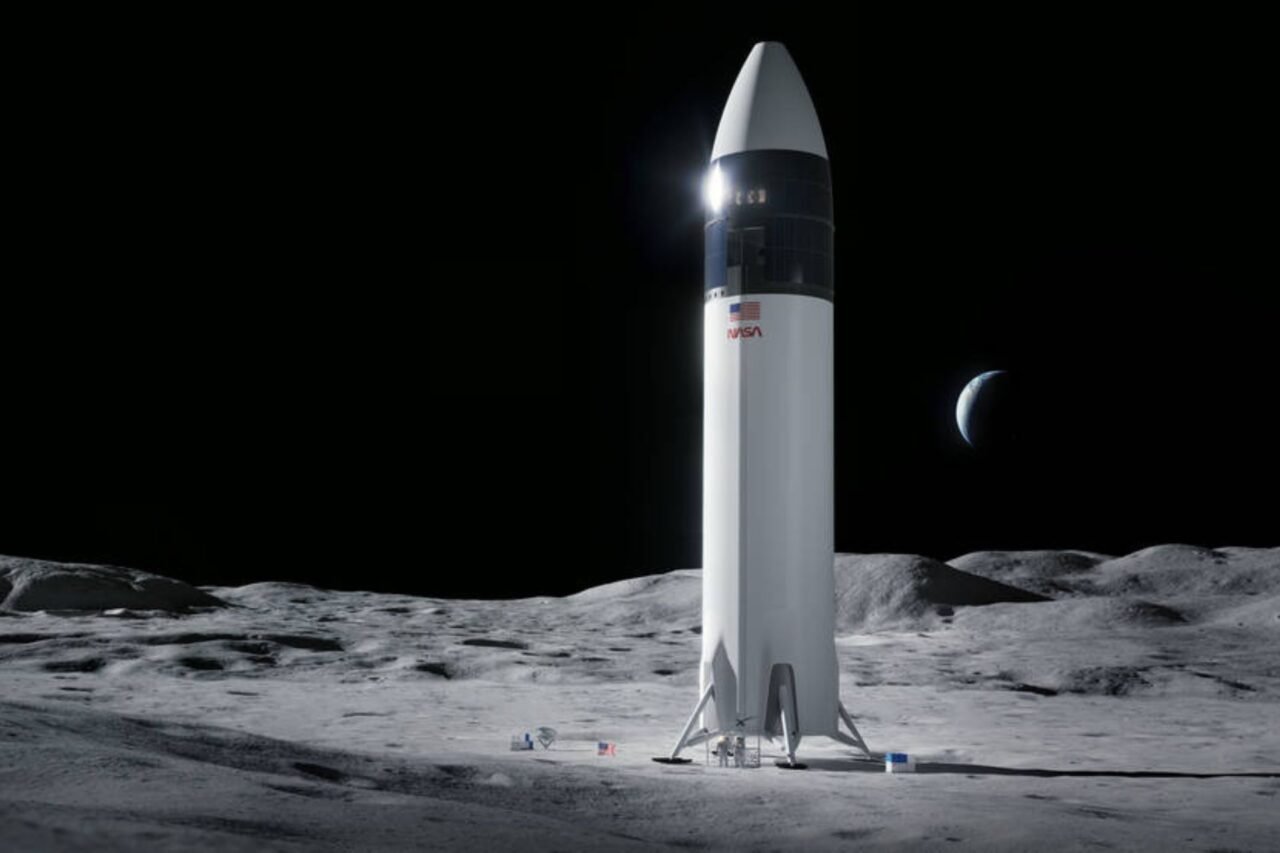A pioneering mining company, Interlune, has announced plans to extract helium-3 from the lunar surface by 2028, a move that could revolutionize clean energy and quantum computing. This rare isotope, abundant on the moon but scarce on Earth, is seen as a potential game-changer due to its suitability for nuclear fusion reactors, offering a pathway to limitless energy without radioactive waste.
Interlune’s announcement highlights the escalating competition among nations and private entities to exploit the moon’s untapped resources. The company claims it has identified significant helium-3 deposits using advanced surveying techniques. The implications of this discovery extend beyond energy; helium-3 is also valuable in fields such as medical imaging and supercomputing, with experts estimating its market value at up to $20 million per kilogram.
Geopolitical Landscape of Lunar Mining
The announcement arrives amidst fierce competition for lunar dominance, particularly between the United States and China. According to a report from Space.com, Interlune’s efforts align with larger ambitions to secure helium-3 for various high-tech applications. The startup has already made strides in the market by securing contracts to supply up to 10,000 liters of extracted helium-3, indicating early confidence from investors.
Interlune has also introduced a prototype harvester capable of processing 110 tons of lunar regolith per hour. This technological advancement addresses significant operational challenges posed by the moon’s extreme environment and aims to minimize ecological disruption during extraction processes. Coverage by The Washington Post emphasized the importance of such innovations for successful lunar operations.
Technological Innovations and Future Prospects
The company is not only focused on energy production but is also developing robotic systems for autonomous mining operations, with plans to make them operational by 2028. This timeline coincides with major lunar missions like NASA’s Artemis program and China’s Chang’e missions, which could provide critical infrastructure for transporting and processing lunar resources.
Challenges remain, particularly the high costs associated with space travel and the untested economics of transporting materials back to Earth. Advocates argue that in-situ resource utilization—utilizing lunar materials for building habitats and fuel depots—could substantially reduce overall expenses. The global interest in helium-3 is underscored by its description as “moon gold,” with nations like Russia joining the pursuit, potentially reshaping energy geopolitics.
Interlune is attracting significant investment, having raised funds necessary for deploying multispectral cameras for accurate resource mapping. A notable contract with quantum cryogenics firm Bluefors has been reported, marking one of the largest agreements in the space resource sector to date, reaffirming helium-3’s critical role in advancing computational capabilities.
Ethical considerations surrounding lunar resource extraction are also emerging. Critics express concerns about equitable access to these resources under the Outer Space Treaty, warning of potential new forms of colonialism. However, proponents argue that collaborative technological advancements could lead to shared benefits, such as safer fusion energy that may help mitigate climate change.
Looking ahead, the successful extraction of helium-3 could spark a wider space economy that includes the harvesting of water ice, rare earth elements, and oxygen from lunar soil. Insights from 21st Century Tech Blog suggest that this could facilitate the establishment of permanent lunar settlements, thereby decreasing reliance on Earth-based resources.
If Interlune’s mining prototypes prove effective, they could attract billions in investments, transforming the moon from a scientific frontier into a new, profitable domain. The shift toward lunar resource extraction marks a pivotal moment in human exploration, where the moon’s surface may soon become a battleground for innovation and commerce. As extraction technologies evolve, the dream of harnessing cosmic resources edges closer to reality, promising significant implications for Earth’s technological future.







